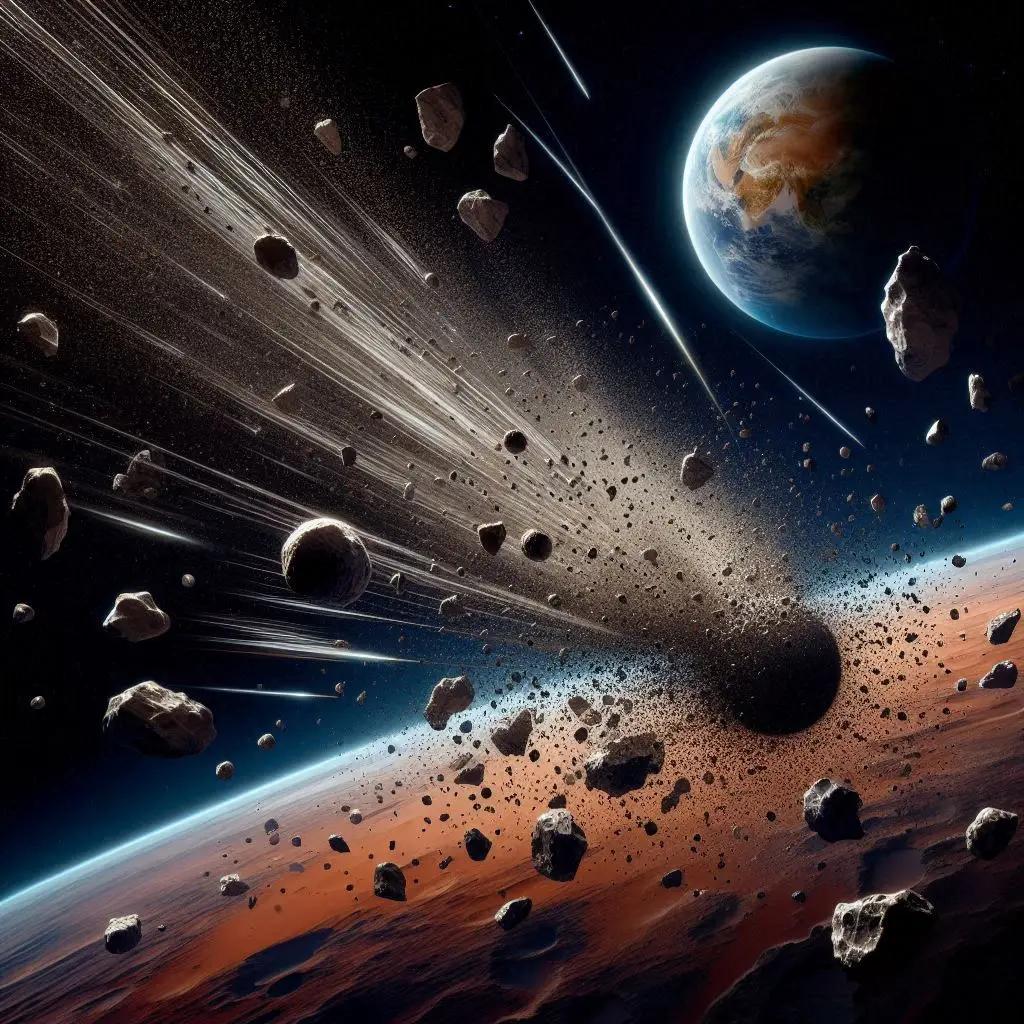Mysterious Space
This article explores the current state of research on dark matter, a mysterious substance that makes up a large portion of the universe but cannot be detected using traditional methods. The article d
Exploring the Unknown: The Future of Space Exploration
The exciting potential of space exploration in the coming years, including the possibility of human colonization of other planets.
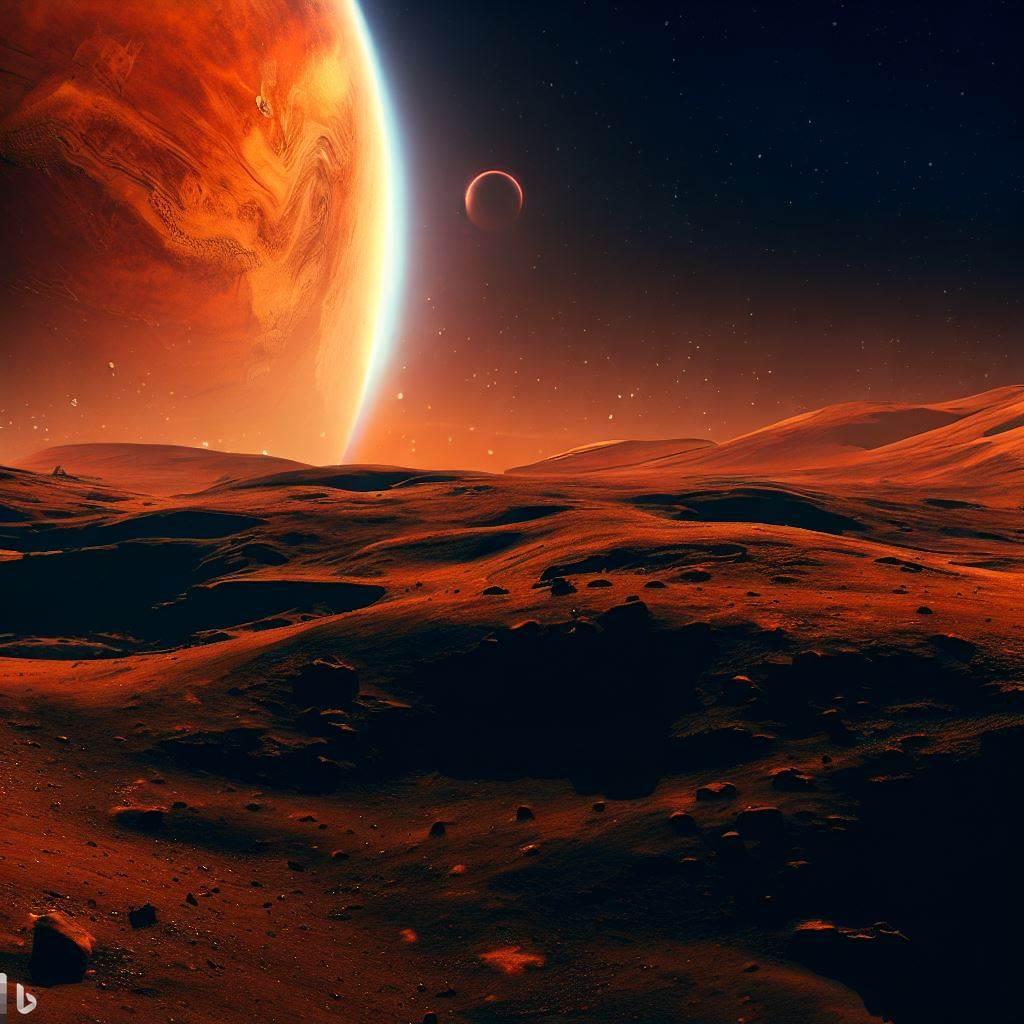
Mars: The Next Frontier for Human Exploration
The potential for human exploration of Mars, discussing the challenges and opportunities that come with sending humans to the red planet. It explores the potential benefits of establishing a human presence on Mars.
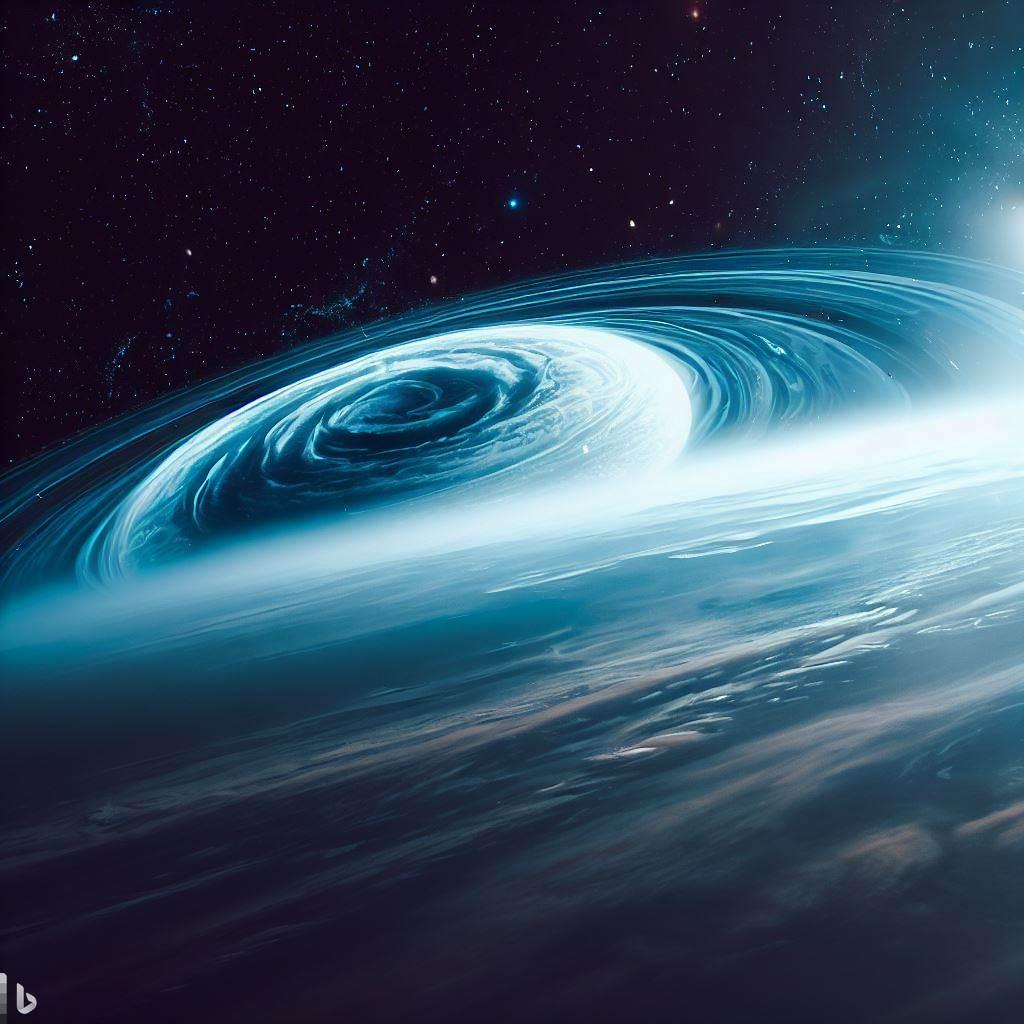
The Impact of Space Exploration on Society
The impact that space exploration has had on society, exploring the ways in which it has influenced technology, education, and our understanding of the universe. It discusses some of the major historical moments in space exploration.

The Search for Life on Other Planets
The search for life on other planets, focusing on the study of exoplanets and the techniques used to determine if a planet is habitable and contains signs of life.

Unraveling the Mysteries of the Universe
The most fascinating mysteries of the universe, including dark matter, dark energy, black holes, and parallel universes.
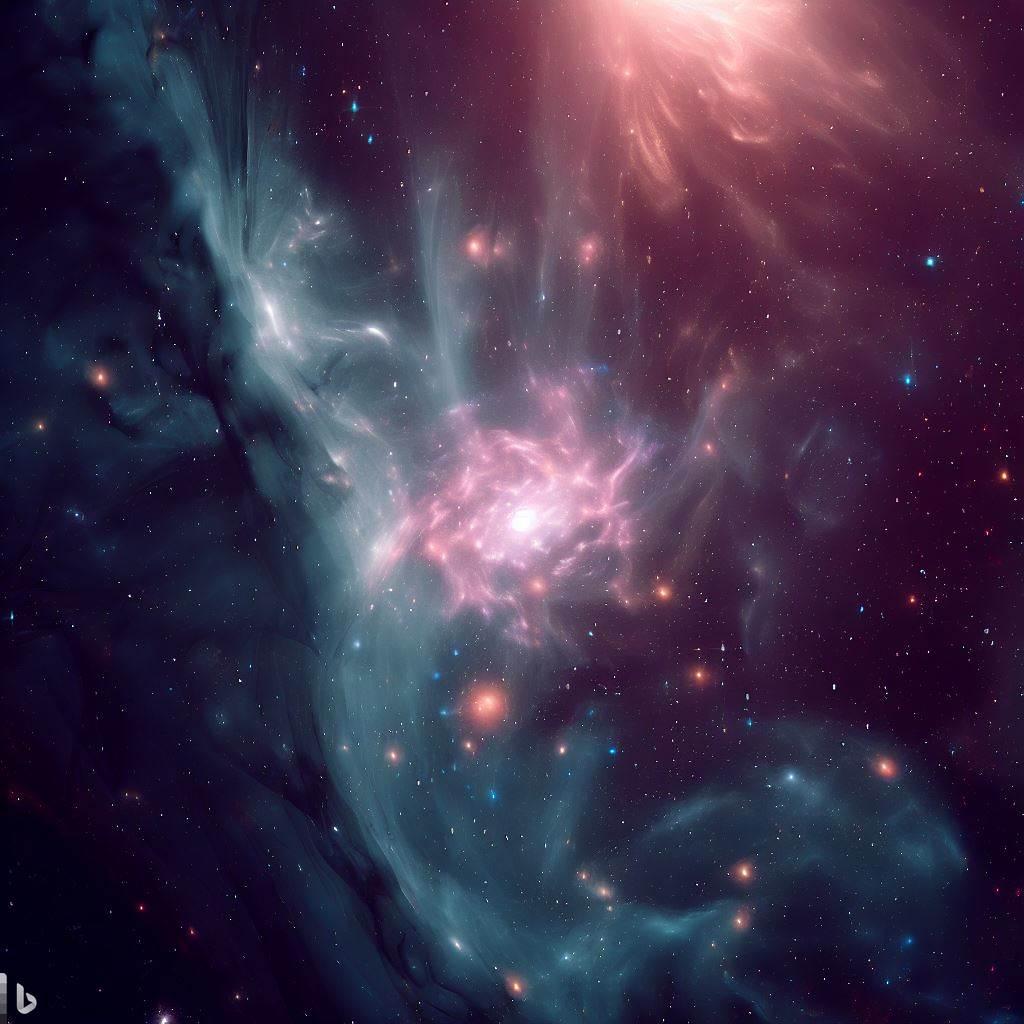
The Dark Secrets of the Universe: Exploring the Unknown
The implications of our current understanding of dark matter and dark energy on our understanding of the universe as a whole, including the possibility of multiple universes.
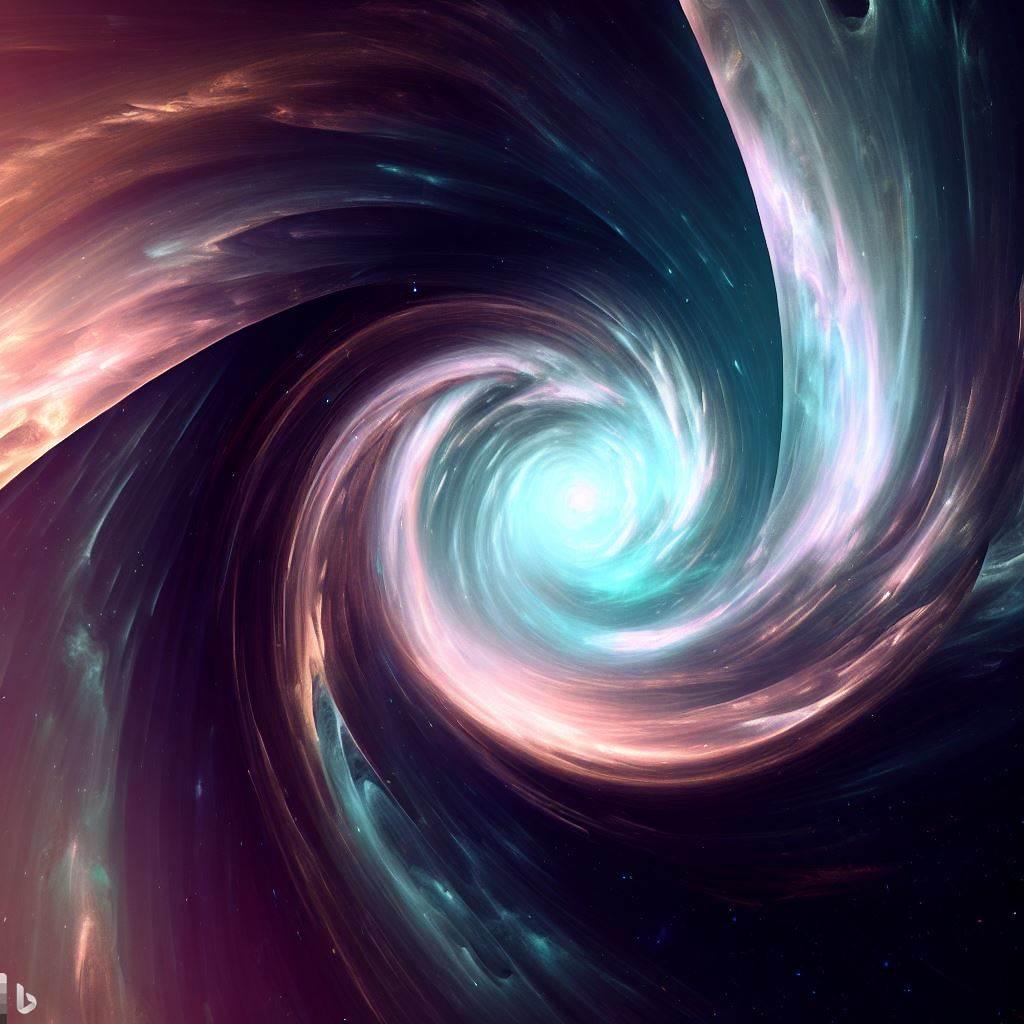
Wormholes: Gateways to the Unknown
Explore the mind-bending world of wormholes, theoretical cosmic gateways that could revolutionize interstellar travel. Discover the science behind these enigmatic phenomena and unlock the secrets of the universe.
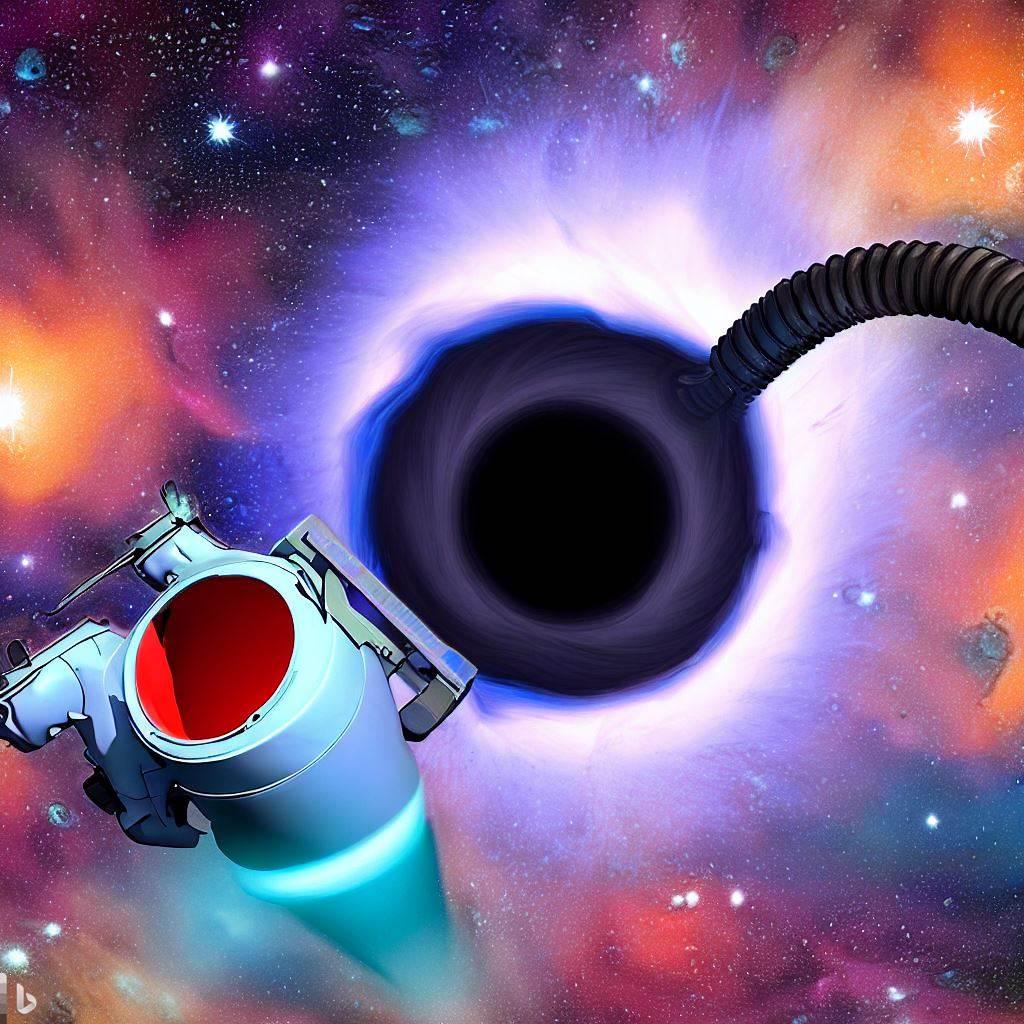
Journey into the Mystifying Universe: Black Holes Unveiled!
Embark on a hilarious and awe-inspiring journey through black holes, exploring event horizons, Hawking radiation, and supermassive marvels. Discover the mysteries of the universe in this cosmic adventure!
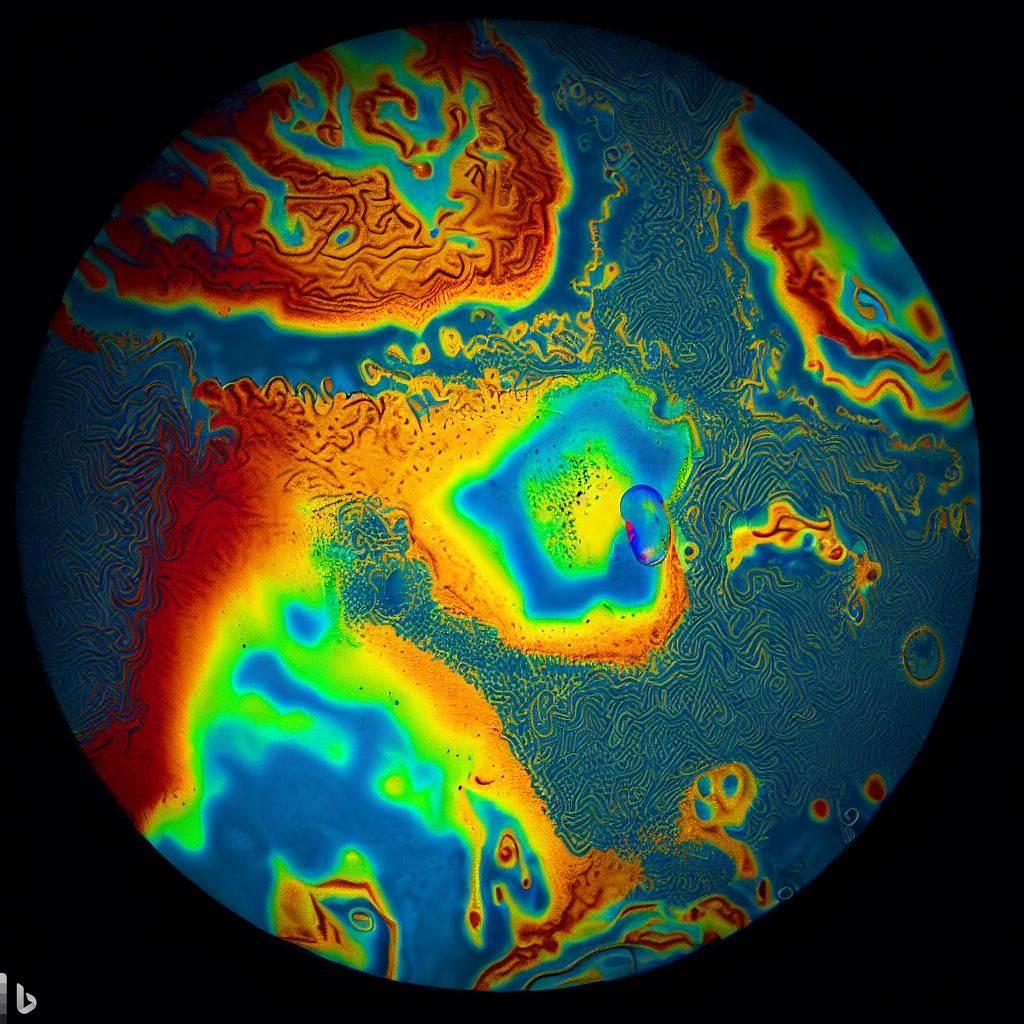
Exploring the Enigmatic Venus: Unveiling the Mysteries of Our Neighboring Planet
Unveiling Venus: Journey through the mysteries of our neighboring planet, from its cloud-shrouded surface to the lessons it holds for Earth's climate.
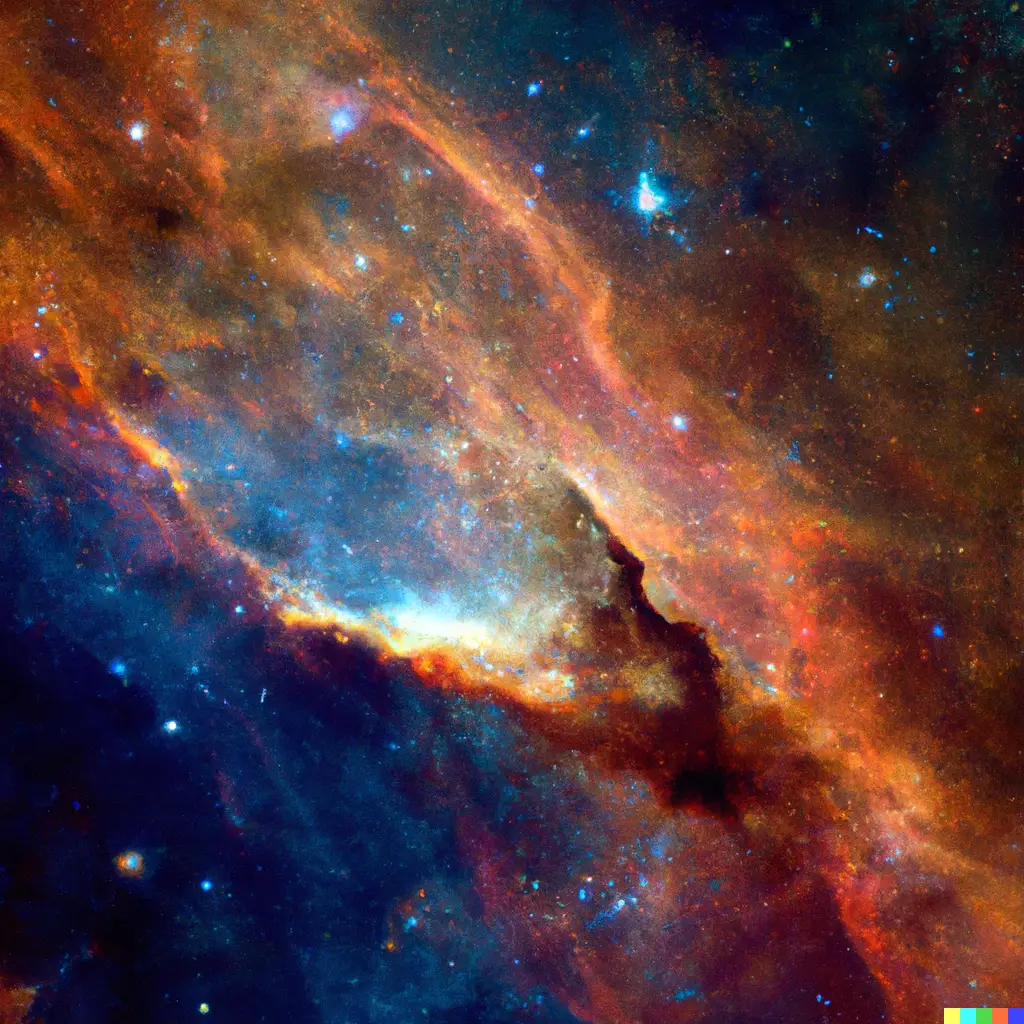
The Enchanted Voyage: Embark on a Journey of Discovery and Exploration
Embark on a captivating cosmic adventure as we traverse the Gateway to the Unknown, exploring uncharted realms, encountering celestial wonders, and unraveling the mysteries of the universe.
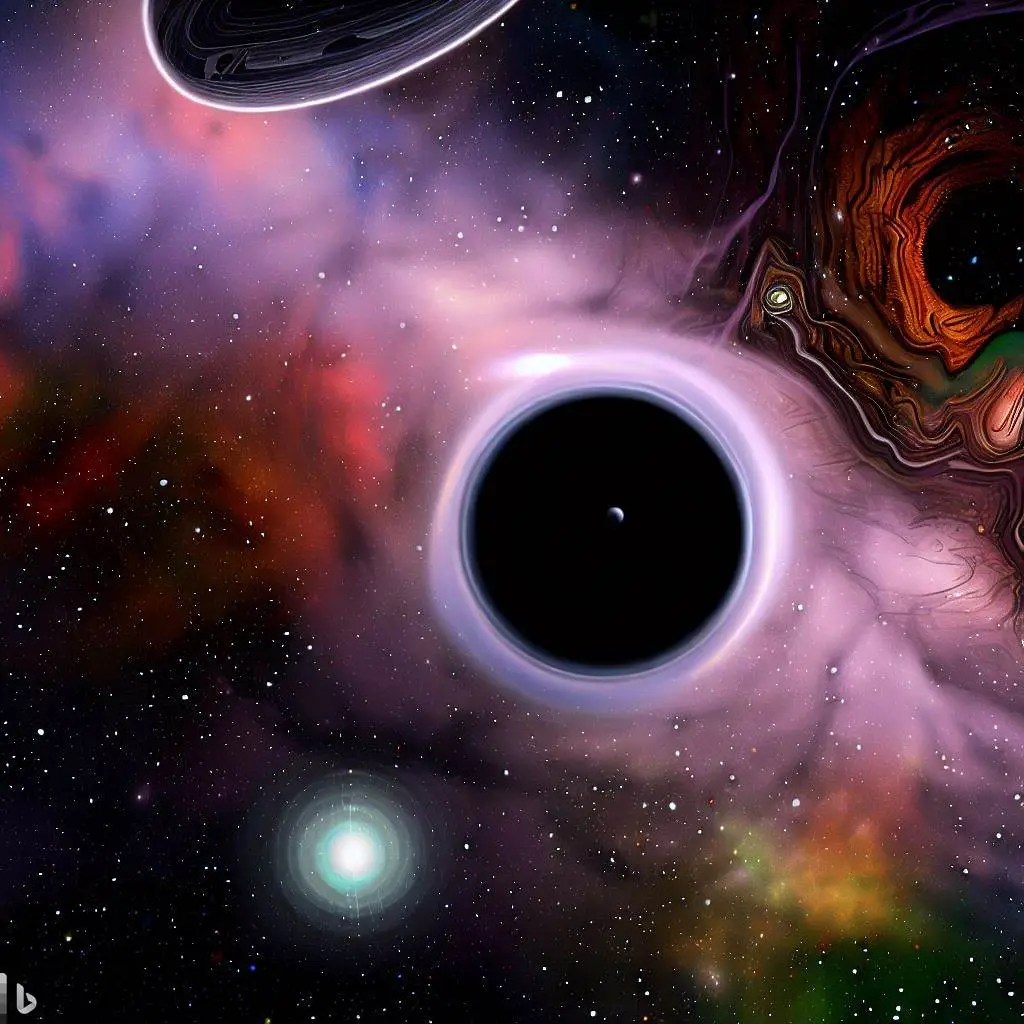
5 Amazing Space Discoveries That Could Change Everything
Five recent and amazing space discoveries that could have profound implications for our understanding of the universe and life.
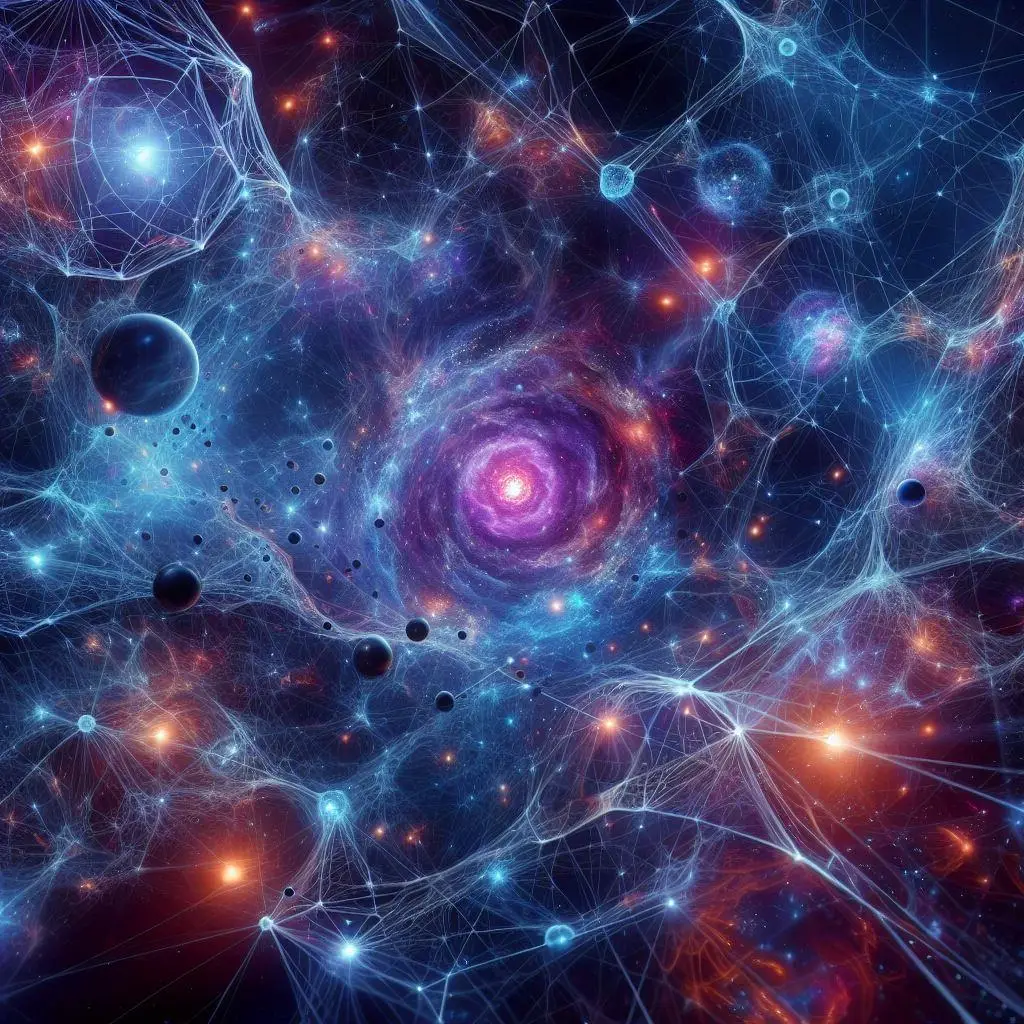
Unraveling the Enigma: Exploring the Depths of Dark Matter
Look into dark matter's hidden mysteries and its crucial role in shaping our universe in this exploration of modern cosmology's forefront.
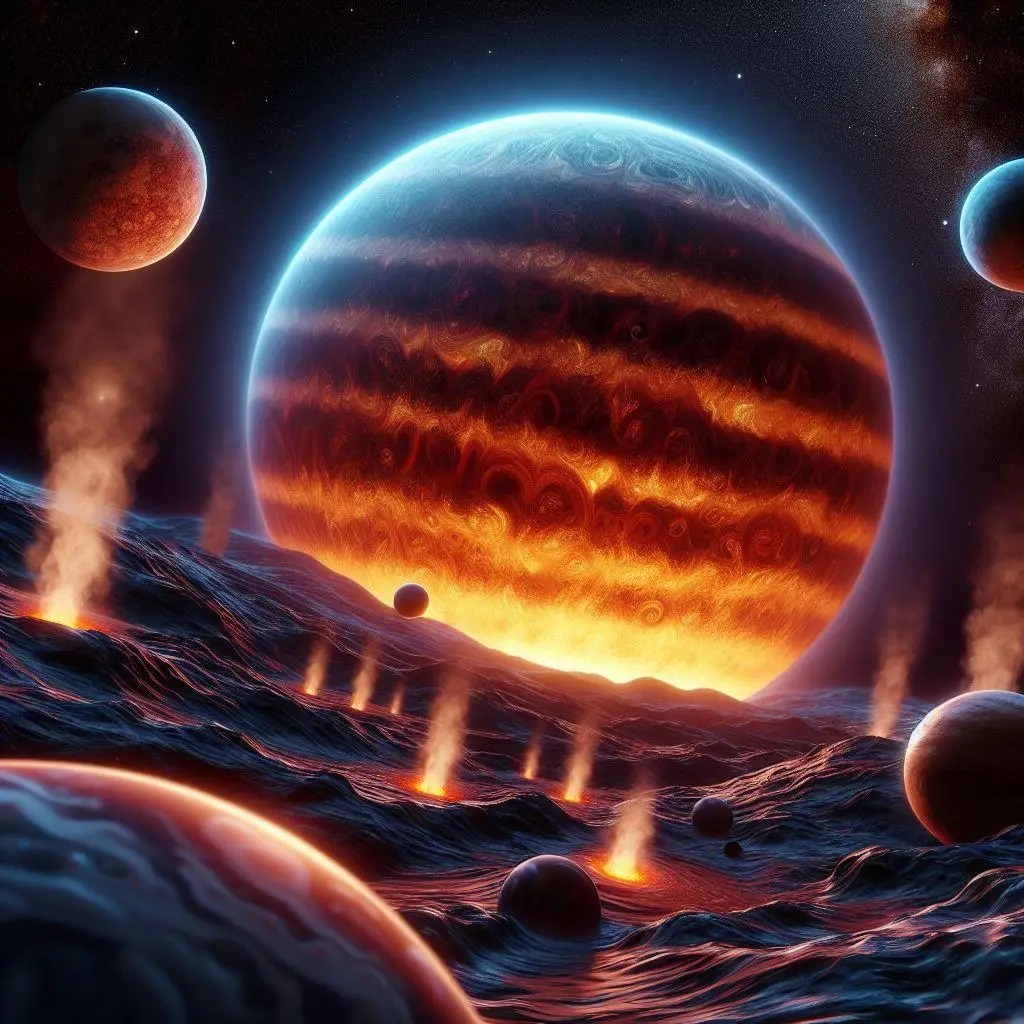
Unveiling Mysteries: Methane Emission on Brown Dwarf W1935
Discover methane emission on brown dwarf W1935: a groundbreaking revelation reshaping our understanding of celestial bodies.
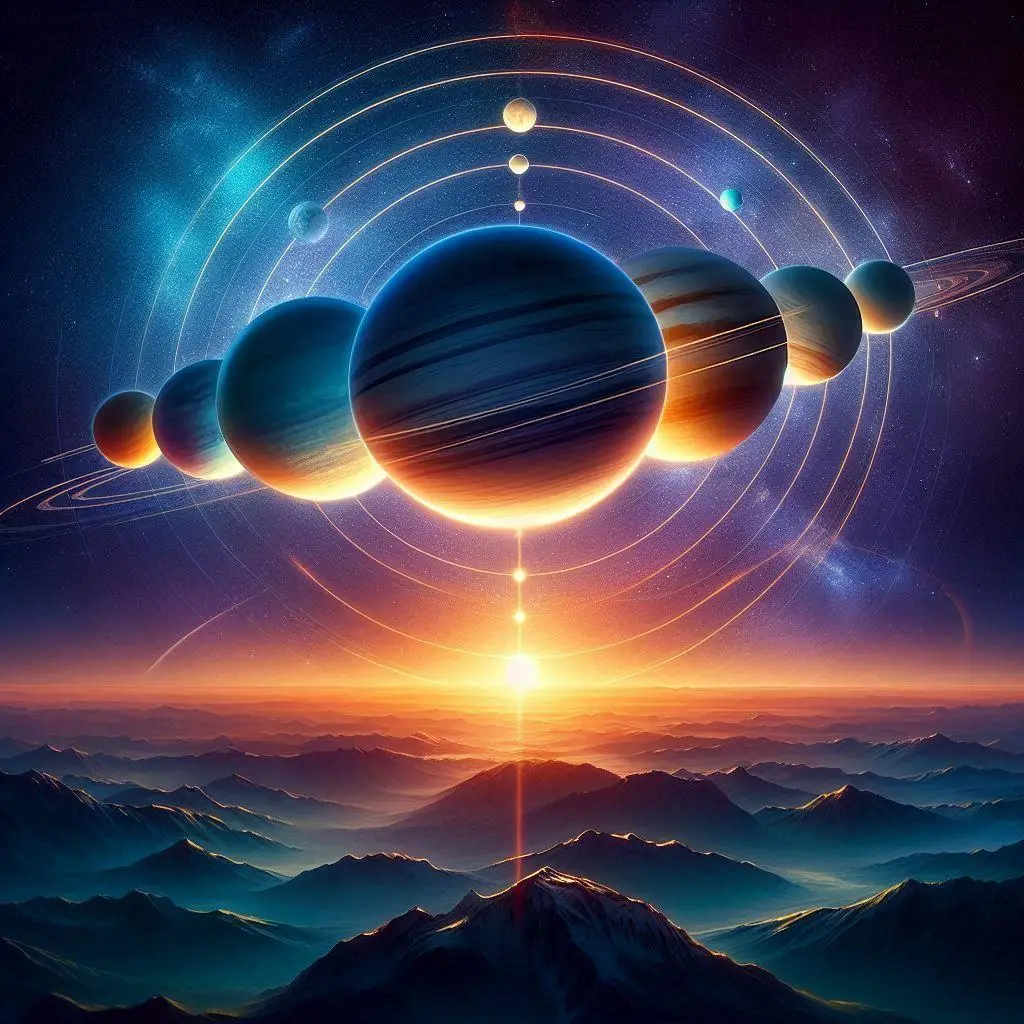
5 Planets Alignment on June 5, 2024: Its Impact on Each Zodiac Sign
On June 5, 2024, Mercury, Mars, Jupiter, Saturn, Uranus, and Neptune will align. This rare planetary parade is believed to uniquely influence each zodiac sign, affecting energy, relationships, and career opportunities.
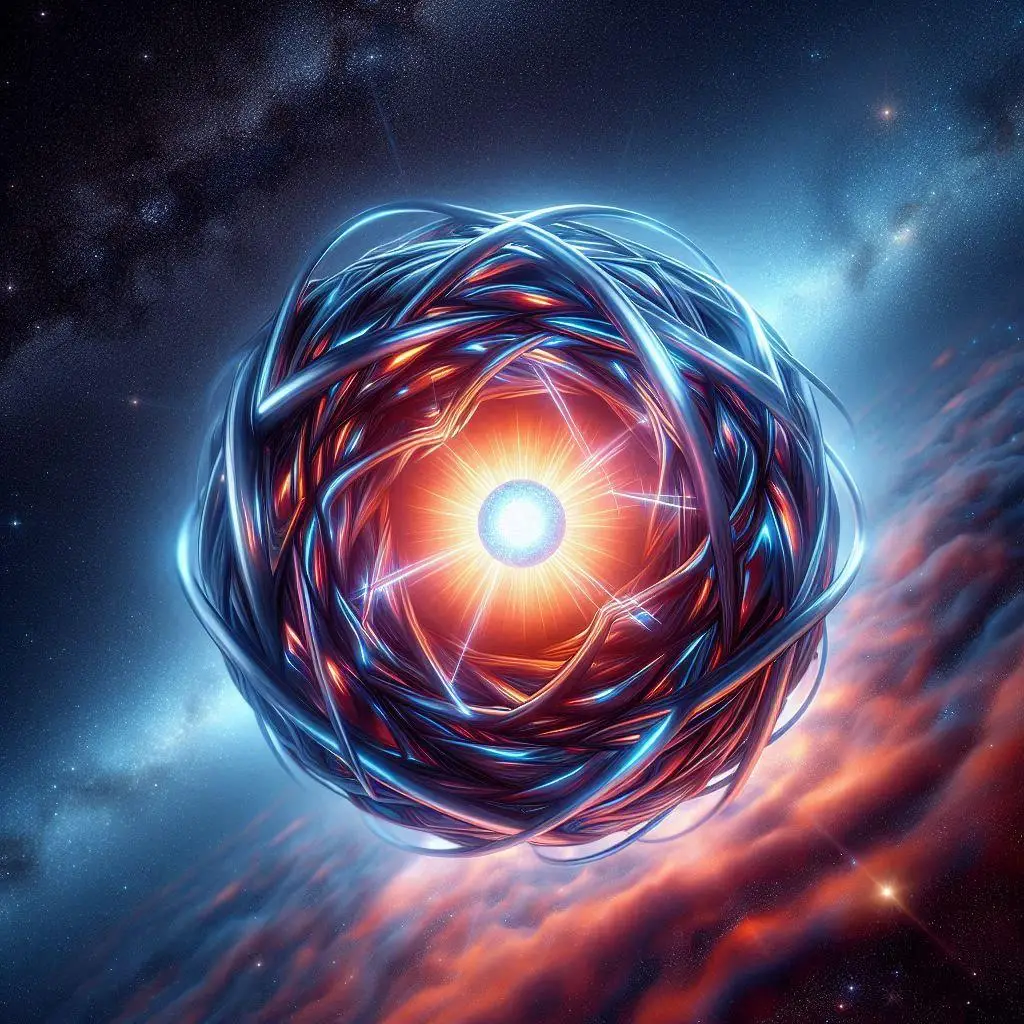
Unveiling the Slowest-Spinning Neutron Star: A Cosmic Revelation
On April 2021, astronomers discovered the slowest-spinning neutron star ever observed, emitting radio signals every 54 minutes. This finding reshapes our understanding of stellar behavior.
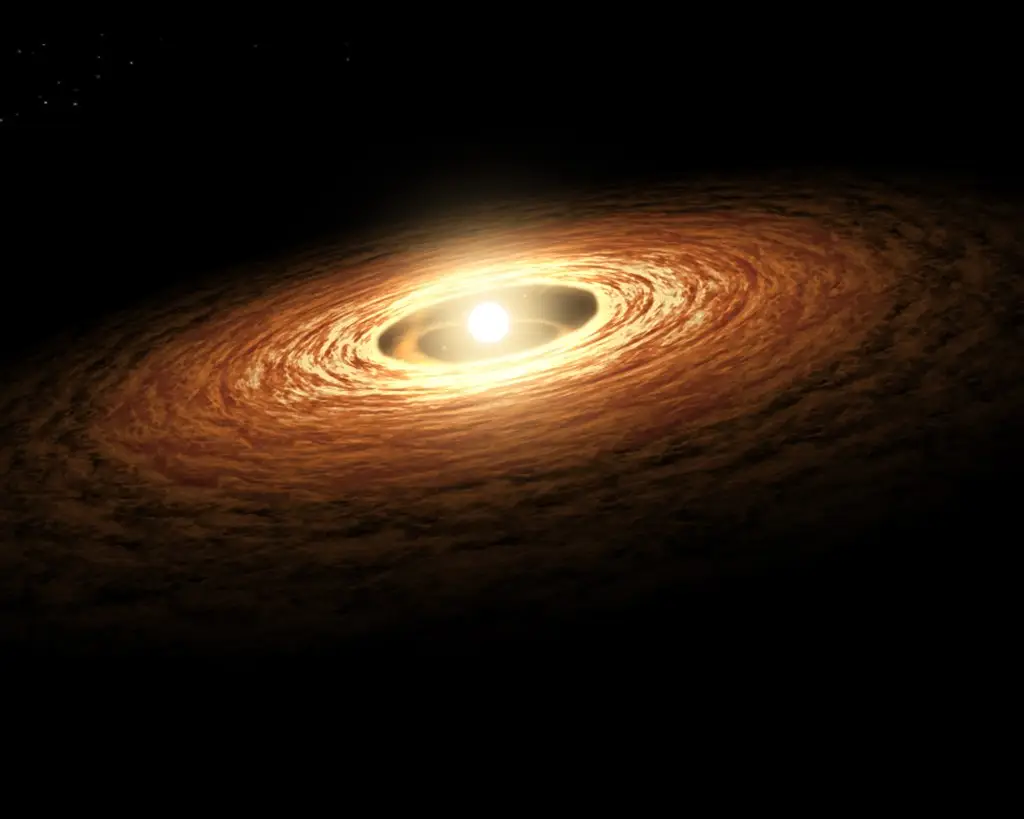
Webb Space Telescope Reveals Rich Carbon Chemistry in Protoplanetary Disk
Discover groundbreaking insights from NASA's Webb Telescope, unveiling a wealth of carbon molecules in disks around young, low-mass stars. Explore implications for planet formation and interdisciplinary collaboration in astronomy.
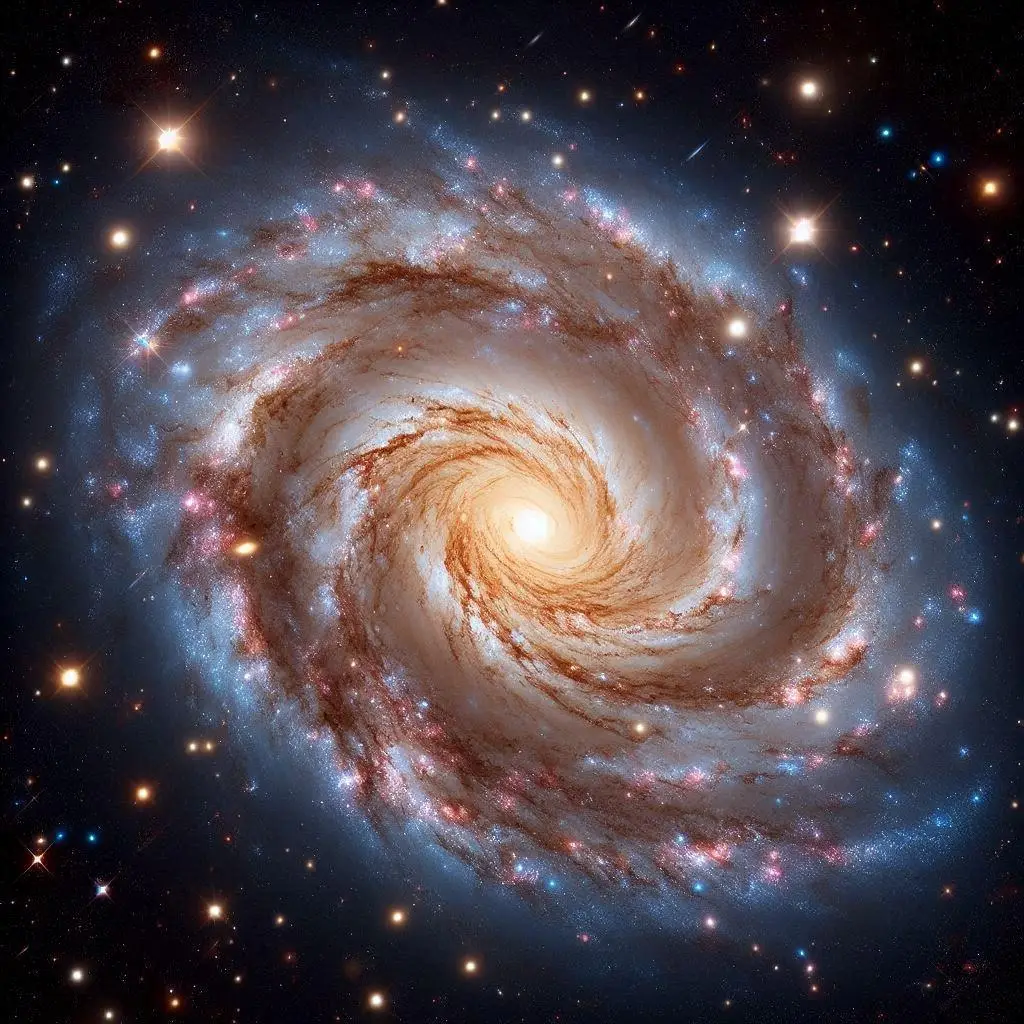
Exploring the Mysteries of NGC 3059: A Barred Spiral Galaxy
Explore the secrets of NGC 3059, a barred spiral galaxy, through stunning images captured by the Hubble Space Telescope.
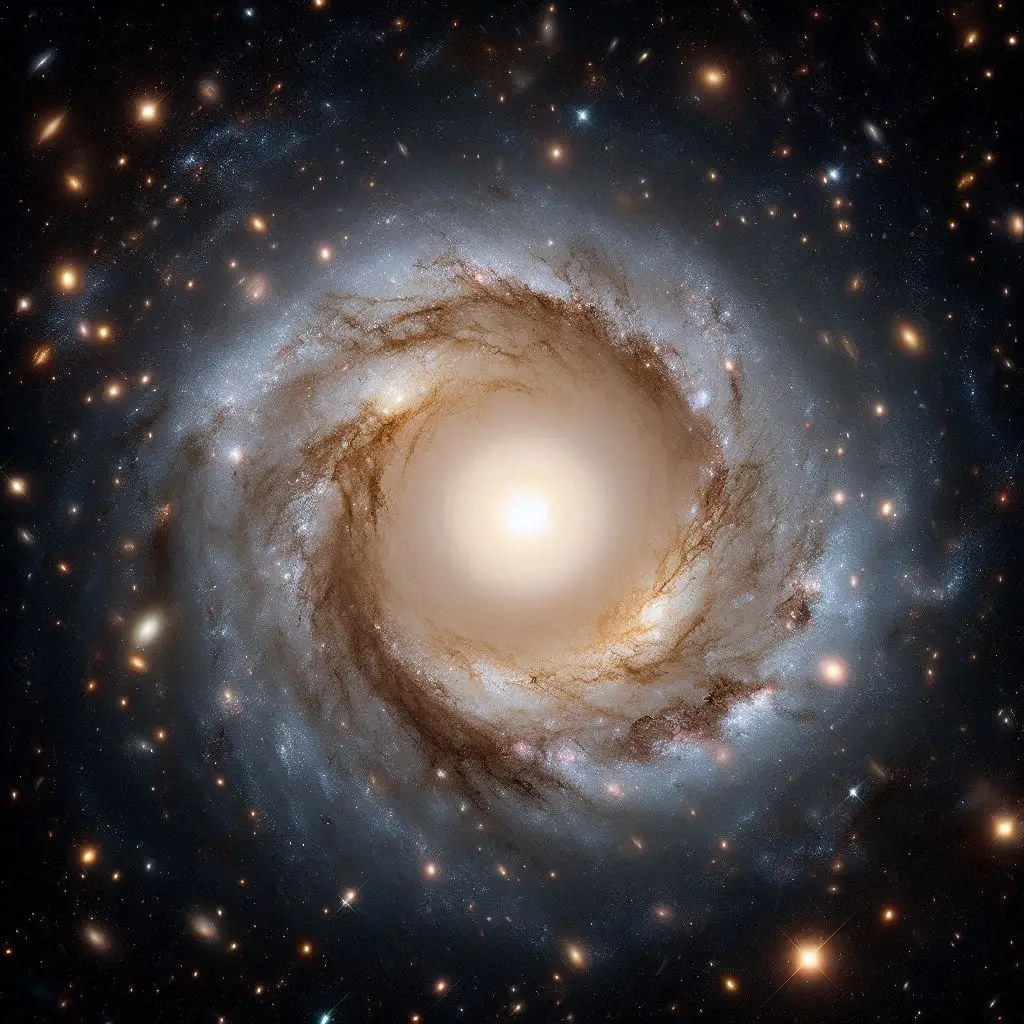
Hubble Reveals Dynamic Activity in Messier 105
Hubble Space Telescope observations reveal a supermassive black hole and unexpected star formation in Messier 105, an elliptical galaxy in the Leo constellation, challenging previous beliefs that it was "dead."

Discovery of Lunar Lava Tubes Near Apollo 11 Landing Site
Newly discovered underground lava tubes near the Apollo 11 landing site on the Moon could serve as natural shelters for future astronauts, offering protection from extreme temperatures and space radiation.
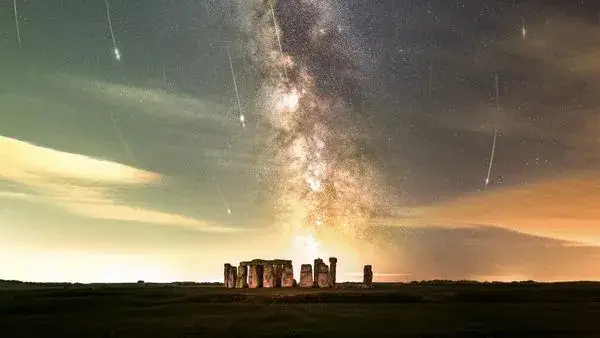
Perseid Meteor Shower Illuminates Stonehenge in Stunning Astrophotography
Astrophotographer Josh Dury captures the Perseid meteor shower over Stonehenge, creating a breathtaking composite image that highlights the connection between ancient and modern astronomy.

Unveiling the Giants: How Supermassive Black Holes Grow and Evolve
Explore the growth and evolution of supermassive black holes through their two primary mechanisms: gas accretion and galactic mergers. Discover how these cosmic giants have evolved over billions of years.

The Pegasus Dwarf Spheroidal Galaxy: A Glimpse into Andromeda’s Faintest Satellite
The Pegasus Dwarf spheroidal galaxy, captured by NASA's Hubble Space Telescope, reveals a glittering array of stars against the backdrop of distant galaxies. As one of Andromeda’s faintest satellite galaxies, it provides valuable insights into the nature
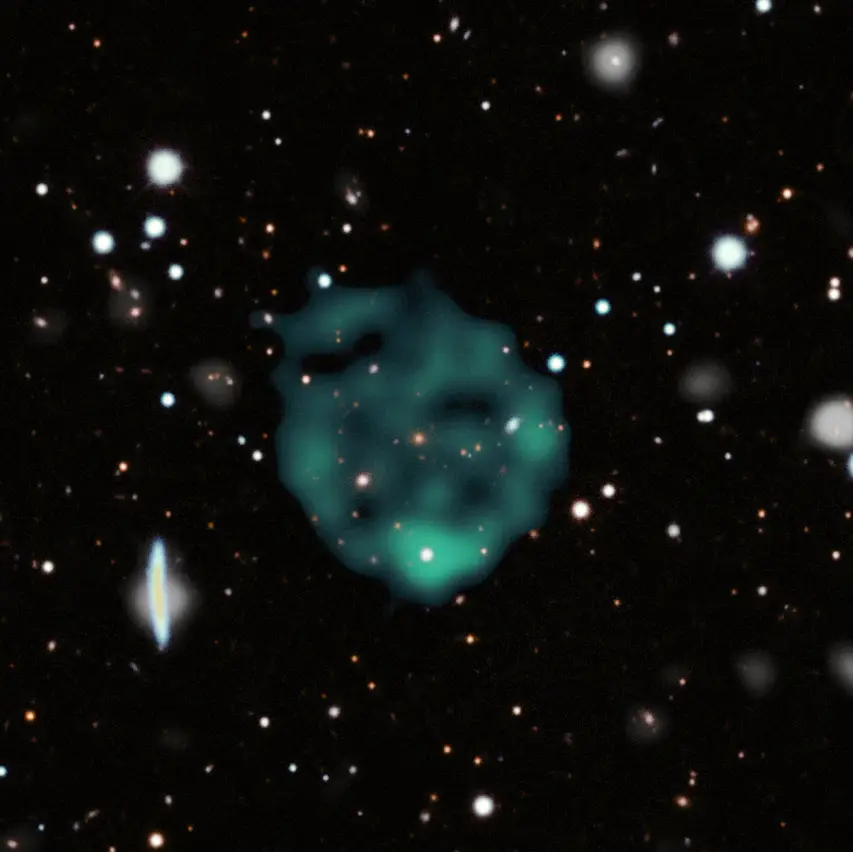
Mysterious Radio Ring Discovered Near Milky Way's Center
Astronomers have identified a new and unusual "odd radio circle" near the center of our galaxy, discovered using the MeerKAT radio telescope in South Africa.
